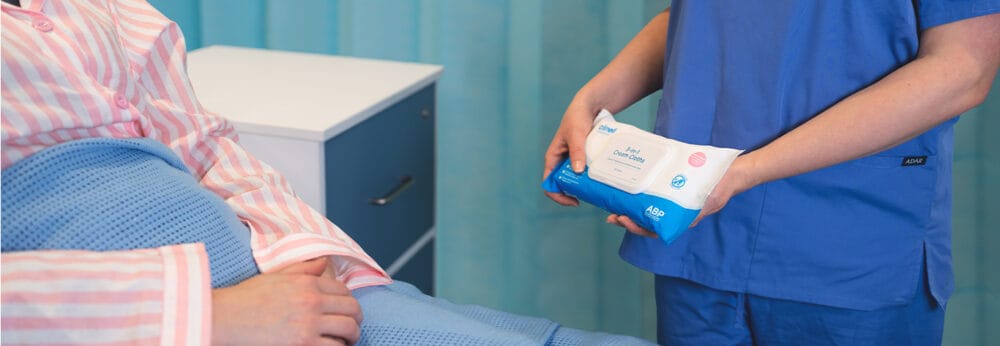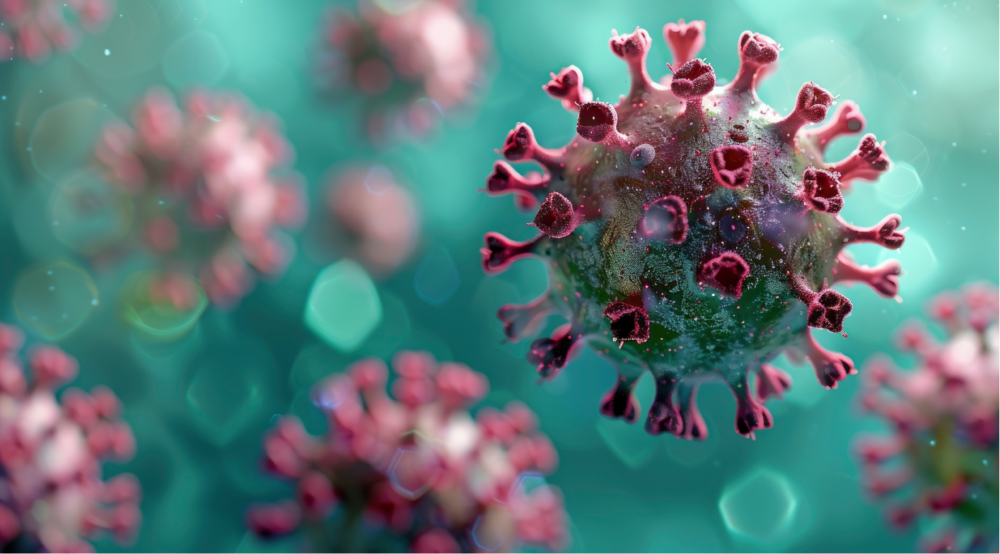Posted
27th May 2016
Research
Following on from an assessment of high touch areas in acute patient areas comes a new study that has examined which surfaces in an operating theatre are the most frequently touched and additionally assessed the level of contamination of these surfaces (as was done for acute areas).
In the first phase of the study, direct observation of three procedures from each of 7 surgical categories was undertaken. Importantly the authors included both inpatient and day-case surgery. The total number of touches for each surface was calculated and then the top five high-touch surfaces were quantified. In the second phase of the study, the top five surfaces were cultured both before the fist case of the day and after the patient had left the theatre and before cleaning. As a control surface, they additionally cultured one area that was deemed to be ‘low touch’ from the first phase (the top of operating light, chosen for consistency as this was an immovable object and that area was unlikely to be touched during a procedure).The top five high-touch areas were determined to be: 1. Anaesthesia computer mouse 2. Theatre table (OR Bed) 3. Nurse computer mouse 4. Theatre door 5. Anaesthesia medical cartThe mean number of touches per case (with more than five touches) were as follows:

The Anaesthesia mouse was a clear ‘winner’ in that it was touched 1,313 times, on average over 30 times per ‘case’. This was 30% more often than the second placed item. Lack of hand hygiene by anaesthetists has previously been highlighted as a risk in earlier work.
When compared with the control area (which had a zero median growth), all surfaces with the exception of the theatre table demonstrated more contamination, with the greatest contamination being noted on the computer mice and keyboards with the greatest contamination being noted on the nurse keyboard. The authors suggest that this is the case because multiple persons access the nurse computer.
The authors concluded that an enhanced cleaning protocol for these high touch surfaces be created by a multi-disciplinary team. Of course, this will only be possible if the design of the items in question (mice and keyboards) enables them to be effectively cleaned.
SHARE THIS ARTICLE
Tags
Latest News
Advancing Continence Care with Clinell Contiplan: Expanded Indications, Pathways and Proven Outcomes
This World Continence Week, Clinell Contiplan 3-in-1 Cream Cloths introduce…
Celebrating 20 Years of GAMA Healthcare: Our Story
This month, GAMA Healthcare celebrates 20 years of helping prevent…
Norovirus and gastroenteritis outbreaks, the party ‘pooper’ you don’t want invited!
Recently, on 11 October 2024, NSW Health issued a health…
Clean Between to Reduce Healthcare-Associated Infections
Healthcare-associated infections (HAIs) are a significant concern for healthcare facilities…



